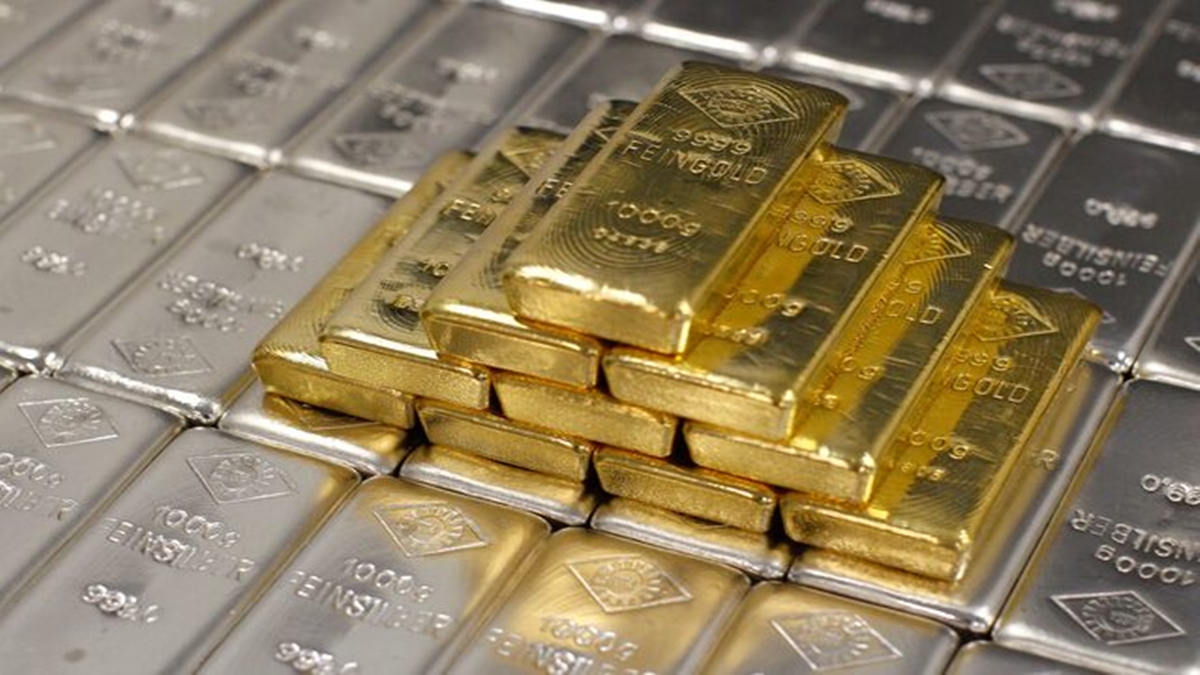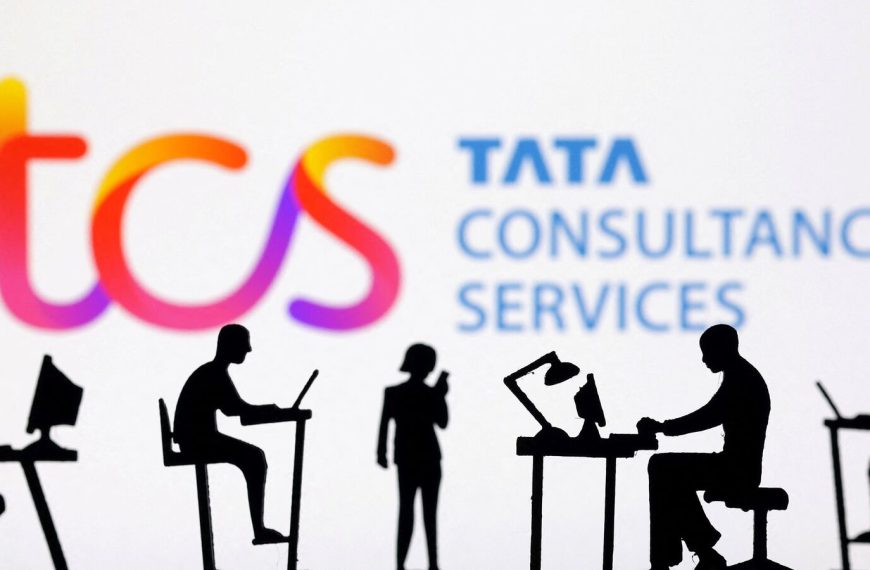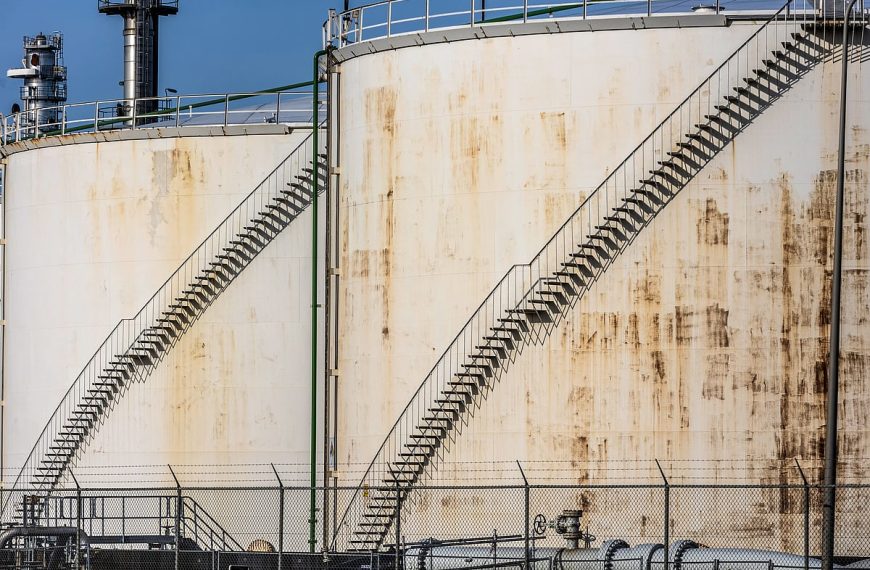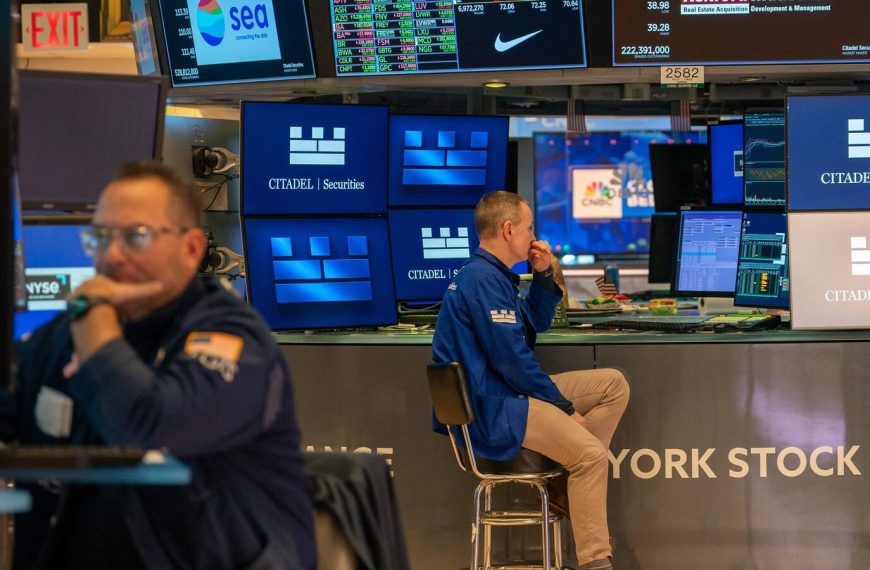As global stock markets face challenges, one asset continues to shine brightly: gold. Investors are buzzing about this precious metal, but there’s another contender quietly making waves — silver. Although it might not be stealing the spotlight, silver is rapidly emerging as a top-performing asset class for 2025, boasting impressive gains alongside its glittering counterpart.
Silver’s Performance vs. Gold
In the past year, gold prices have soared by over 40%, while silver has seen a robust increase of nearly 34%. So, where do the current prices stand? As of today, gold is trading at approximately $3,030 per ounce, and in India, the price sits at Rs 88,500 per 10 grams. Meanwhile, silver is priced around $33 per ounce, with the spot price in India reaching Rs 1 lakh per kilogram.
Factors Driving Silver’s Rise
Continuous Demand Outpacing Supply
For five consecutive years, demand for silver has outstripped supply, setting the stage for a bullish market. In 2025, the global demand for silver is projected to stabilize at 1.20 billion ounces, while supply is expected to grow by 3%, reaching an 11-year high of 1.05 billion ounces. This disparity between demand and supply bodes well for future silver prices.
Key Drivers Behind Silver’s Popularity
Two main factors are fueling the rise in silver prices:
- Increased Industrial Activity: Silver’s role in green technologies and other industrial applications is expanding, creating heightened demand.
- Investment Interest: More investors are turning to silver as a viable investment alternative, recognizing its potential.
Given that the silver market has an annual turnover of approximately $30 billion, even slight shifts in supply can significantly influence prices.
Understanding the Gold-Silver Ratio
One way to gauge silver’s potential price movements is by monitoring the gold-silver ratio. This ratio indicates how many ounces of silver are needed to equal the value of one ounce of gold. Currently, this ratio is around 91:1, a significant increase from the historical average of 70:1 observed in the late 1980s. This suggests that silver may still be undervalued and has room to grow, whether through rising silver prices or stable gold prices.
The Gold Bull Market
Gold has long been regarded as a hedge against inflation and a safe-haven asset. In recent times, central banks have ramped up their gold purchases, acquiring over 1,000 tonnes annually. Economic uncertainties, exacerbated by policies like Trump’s tariffs, have sparked discussions of a potential recession in the U.S. If economic growth falters, the Federal Reserve may opt to cut interest rates, potentially weakening the dollar and driving gold prices higher.
Conclusion: A Balanced Investment Approach
For long-term investors, both gold and silver can play significant roles in a diversified portfolio over 5, 10, or even 15 years. The gold-silver ratio serves as a useful tool in determining when to allocate investments between these two precious metals. Historical trends suggest that while returns may fluctuate, strategic exposure to both gold and silver could provide a valuable cushion for your portfolio in the long run.
Invest wisely, consult with financial advisors, and consider the potential of these precious metals to enhance your investment strategy.
For further insights, check out our analysis on Gold vs. Sensex for lessons on asset allocation over the past two decades.











